In his career, Michelly Rall has photographed celebrities ranging from Nelson Mandela to Madonna. Yet it is overlanding in Africa that has him most excited at the moment.
For decades Michelly Rall travelled the world on assignment, capturing leaders and luminaries through his lens. But in 2022, he set off on an entirely different kind of mission. For four months, Michelly and partner Marcie Katz overlanded from Cape Town to Kenya. Their plan was to explore little-known places and get to know Africa’s everyday residents.
Tracks4Africa asked him about his trip and what overlanding means to him.
You’ve photographed celebrities on the world stage. What drew you back to Africa?
Africa’s soul entwines so profoundly and completely into your DNA that she inevitably woos you back with her old-time charm and sense of unfettered freedom. In fact, this very beauty and complexity is what attracted many of the international celebrities I was assigned to capture. They returned, humbled by the nuances of humanity’s history resonating within our soul and soil.
I also draw inspiration from and concur with David Attenborough’s words: “It seems to me that the natural world is the greatest source of excitement, the greatest source of visual beauty, the greatest source of intellectual interest.” In Africa we have all this on our doorstep.



How did your Cape Town to Kenya trip come about?
The trip was a culmination of a buried but lifelong passion for travel in Africa. The shifting tides of circumstances finally opened a window for overlanding after many decades.
It was also emotional and personal as I had recently lost my mom, who was instrumental in my passion for the wild. I had grown up exploring remote and far–flung destinations with her. But we had last done an overlanding trip together over 35 years ago. So I planned this trip in part as a celebration of those years as she neared the end of her time with us.
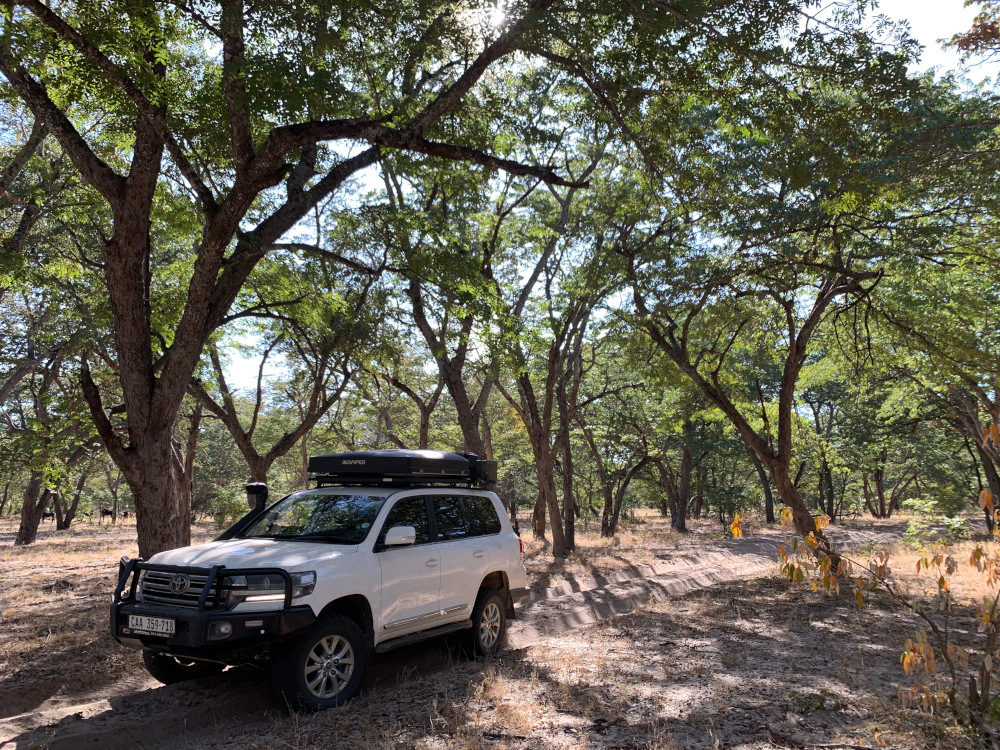
My partner, Marcie, is an international journalist and together we decided to take a more organic approach to capturing Africa. We therefore set out on an overlanding expedition with a view to record the culture and nature we encountered. From this body of work, we want to produce a book filled with visual jewels and publish limited edition prints. At the heart of our encounters we also put conservation and preservation.
Were there any moments on your overlanding trip that particularly stood out?
Zambia produced some of the most unforgiving travelling we’ve ever experienced. It’s guaranteed to test the wits of the hardiest overlanders. The Great North Road’s extensive and appalling conditions of endless, apocalyptic potholes and convoys of trucks had us crying in desperation for some fast way out. The fast way out that we settled on was admittedly overambitious but we did stumble onto a little piece of paradise. Kapishya Hot Springs seemed heaven sent. It is an oasis of tropical vegetation on the banks of a lazy winding river. For the weary traveller, the bubbling natural hot springs are a true treasure. (Overlanders, note it takes about an hour to reach the hot springs after turning off the Great North Road at Kakalantekwe.)
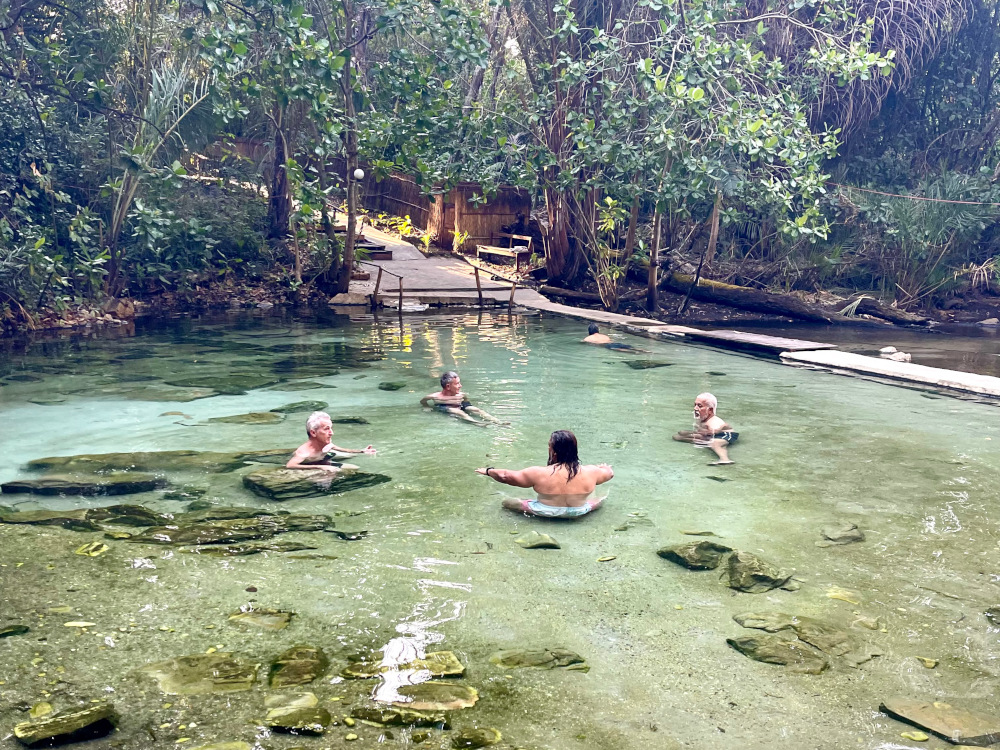
The characteristic granite outcrops of Matopos (meaning ‘bald heads’ in Ndebele) made for atmospheric photographs. Matobo National Park is Zimbabwe’s oldest protected area. Aside from being home to well-preserved rock paintings, it is also a stronghold for rhino. A drive through the park reveals its wild nature and we felt a visceral connection to this timeless place. We stayed at Amalinda Lodge on the outskirts of the park, the perfect spot to immerse yourself in the area’s sense of peace.
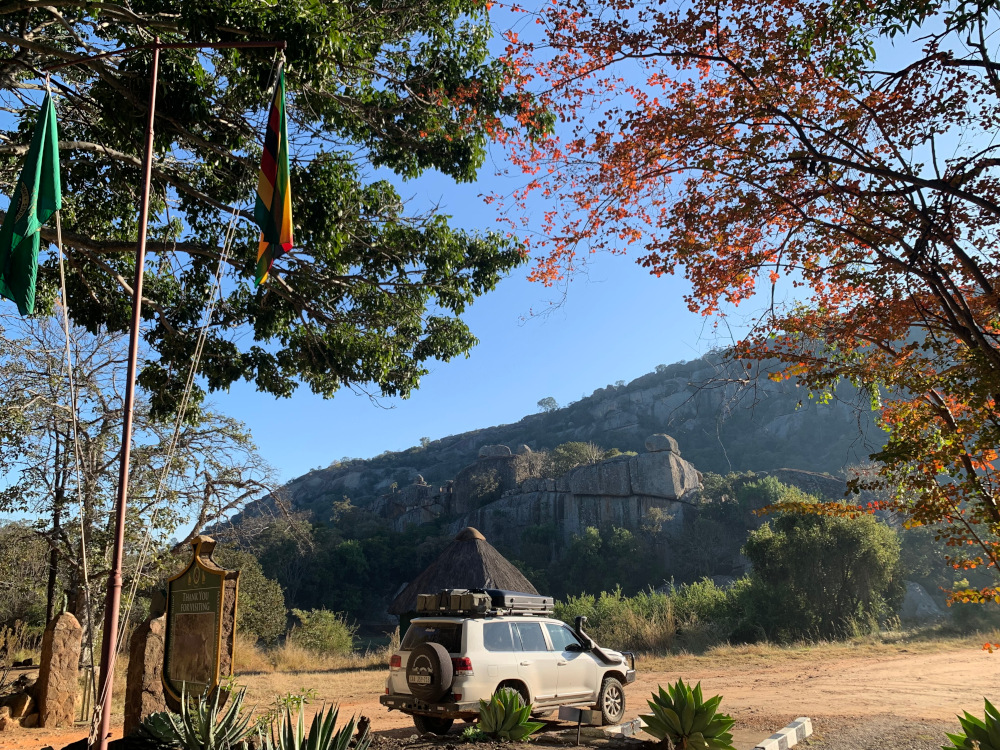
Tell us a bit about your approach to expedition life.
After much deliberation over the best vehicle to suit our style of travel, we drove off into the sunset with a modified Toyota Land Cruiser 200 VX-R. Although we installed a rooftop tent, this was more of a backup option. We stayed at some remarkable places on our trip, the most mind-blowing of which was White Elephant Art and Sea Lodge in Malindi. The Italian owner is a former hunter turned sculptor whose near life-size animal statues are jaw-dropping.
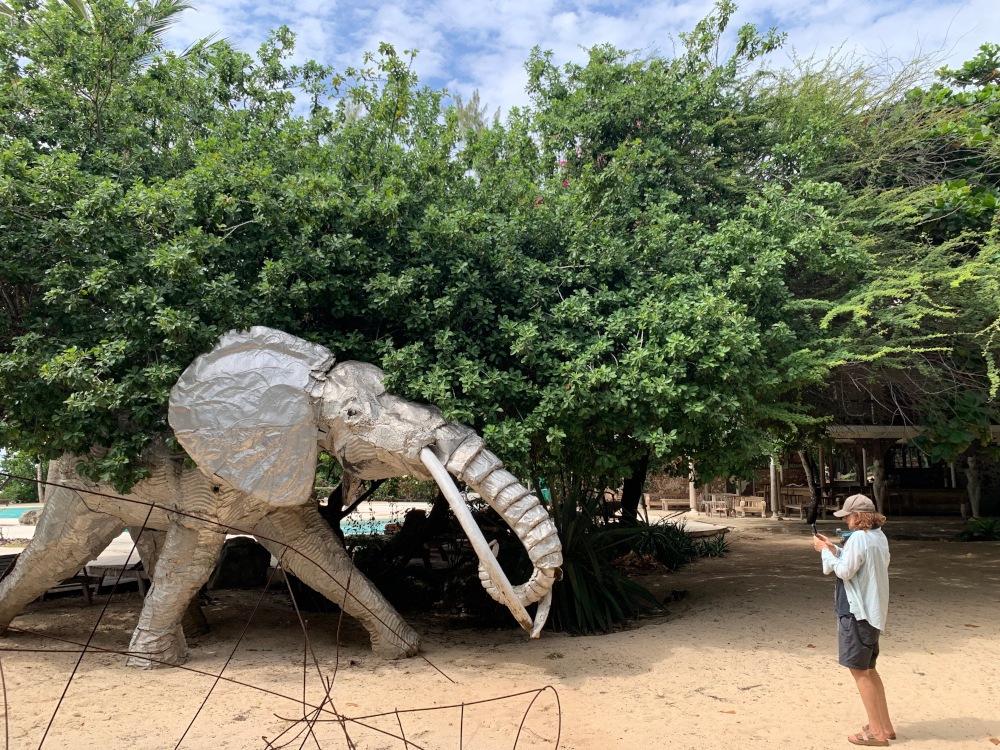
We took along our dogs, Snowy, a long-haired Chihuahua, and Shanti- a 17-year-old Jack Russell. Because our trip spanned five months, it would have been a challenge to get a dog sitter. So we took a leap of faith and committed to making it work despite the obvious challenges. Generally, the process for cross-border pet travel involves full inoculation certificates and a visit to the state vet. As you progress to countries further afield, vets in each locale provide the required export and import paperwork. We never had any issues, except when boarding a ferry to Zanzibar from Dar Es Salaam. It took sheer determination to stop them from being taped into a plastic crate destined for the cargo hold. In the end they travelled safely in our leather sling bag.
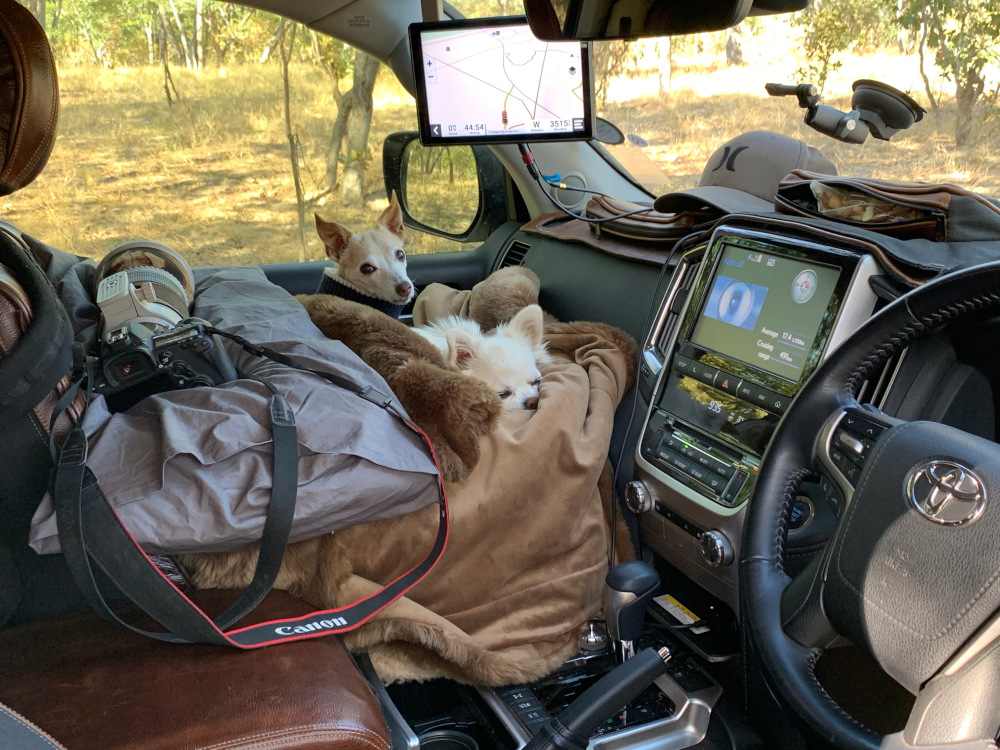
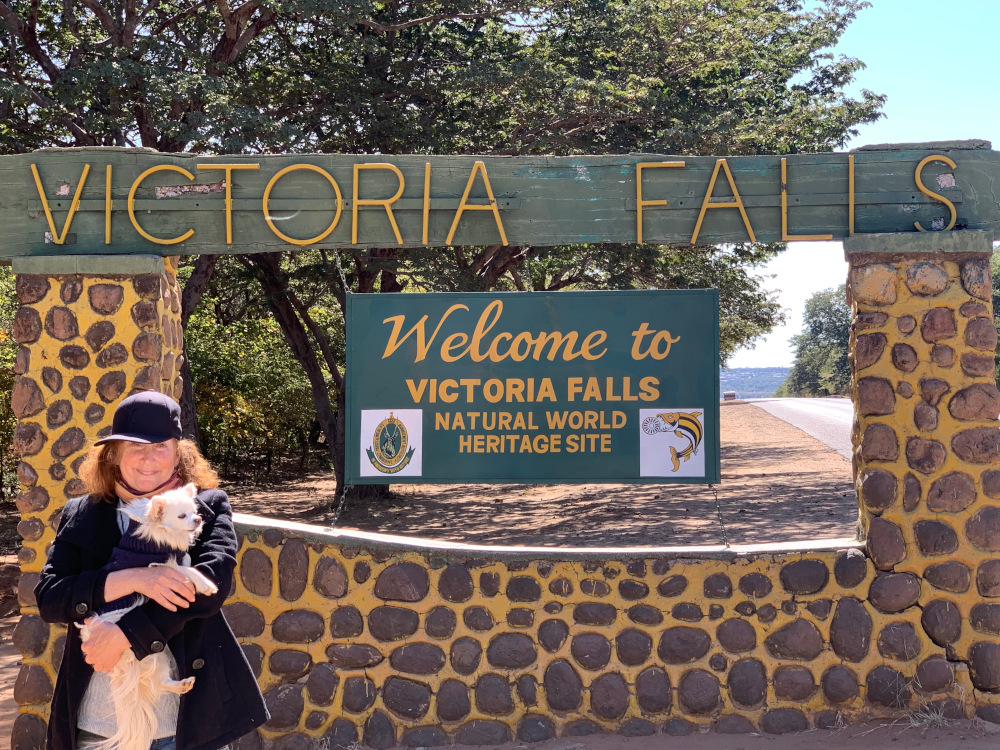
We had a string of incredible experiences with our little furry family members. One such unforgettable moment was our helicopter flip over Victoria Falls with the dogs in tow. Shanti had previously accompanied us on countless adventures over the years and took exception to being left behind. Given her age and health, we knew this Cape Town to Kenya trip might be our last one together. She passed away three weeks after our return to Cape Town.
What are the challenges and upsides of travelling to remote places?
There is a thrill to taking a new route or reaching an isolated place. The chance to experience or capture what most people seldom do is also alluring. However, this comes with all sorts of risks which have to be carefully weighed up.
For me, the challenge of remote travel is foremost to always get in and out safely, no matter what the attractions of the particular destinations are. This means being meticulous in your preparation and ensuring that all eventualities are provided for.
I always pack extra cash because of its long list of spending power. You can use it for fees, insurance and assistants at border crossings. You also need it for fuel stops or any emergency that may transpire. Cash is truly king in Africa.
Do you consider yourself a good navigator?
I think I have naturally good navigation skills honed from travel in places like the Peruvian Amazon and the jungles of southern India. In these places you have to constantly reference landmarks and read the landscape to ensure your survival. In reality, I am more at home behind the wheel, focusing on the terrain ahead. I prefer to get directions from a navigator alongside me or a Garmin with Tracks4Africa.
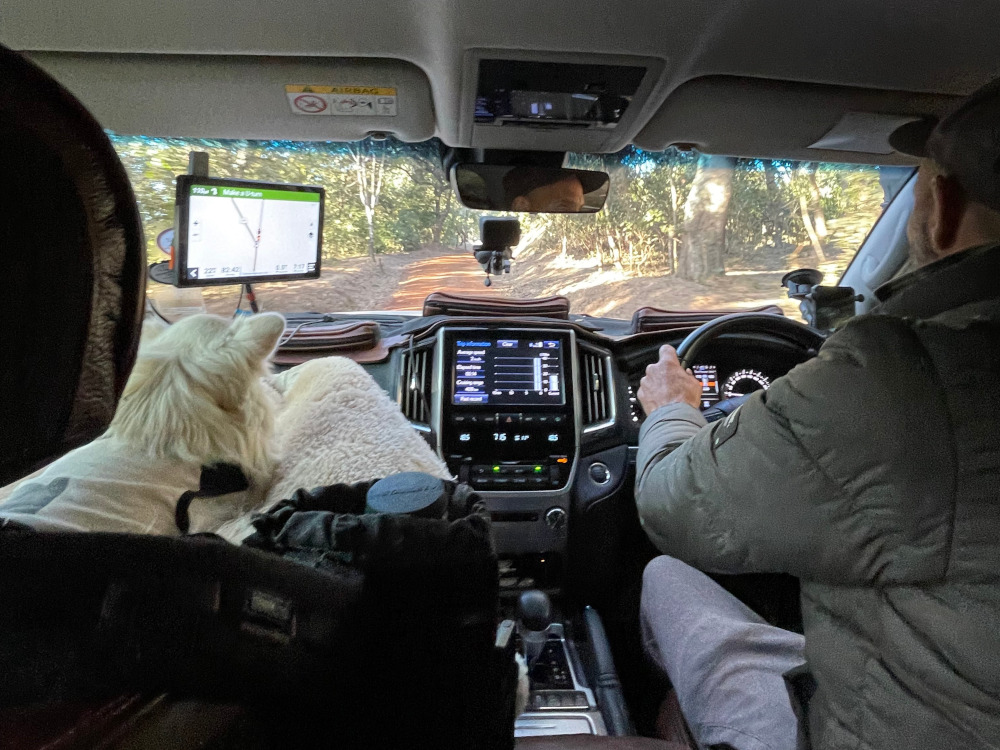
Talking of which, Johann and the team at Tracks4Africa have contributed an immeasurable amount of value and peace of mind to the overlanding community. By developing the Tracks4Africa platform into the widely used, go-to product of today, people like us can confidently explore the continent.
I found the offline Tracks4Africa Guide App to be an absolute lifesaver in terms of finding suitable accommodation whilst on the road. The simplicity of seeing your vehicle‘s real-time position on the map, even when offline, consistently came up trumps. But Africa is a massive continent and there is much work yet to be done…
[Do you have overlanding plans? Help us map Africa by sharing your GPS tracks and experiences. – T4A]
Read more: Contribute your tracks to our maps
How does being a photographer allow you to connect with a place and its people?
The very act and art of taking a picture requires a pause. You have to focus your attention on the present moment to engage with the scenery or subject of interest. It’s this pause that creates the space to truly absorb the experience. It allows you to interact in a way that’s meaningful for all involved.
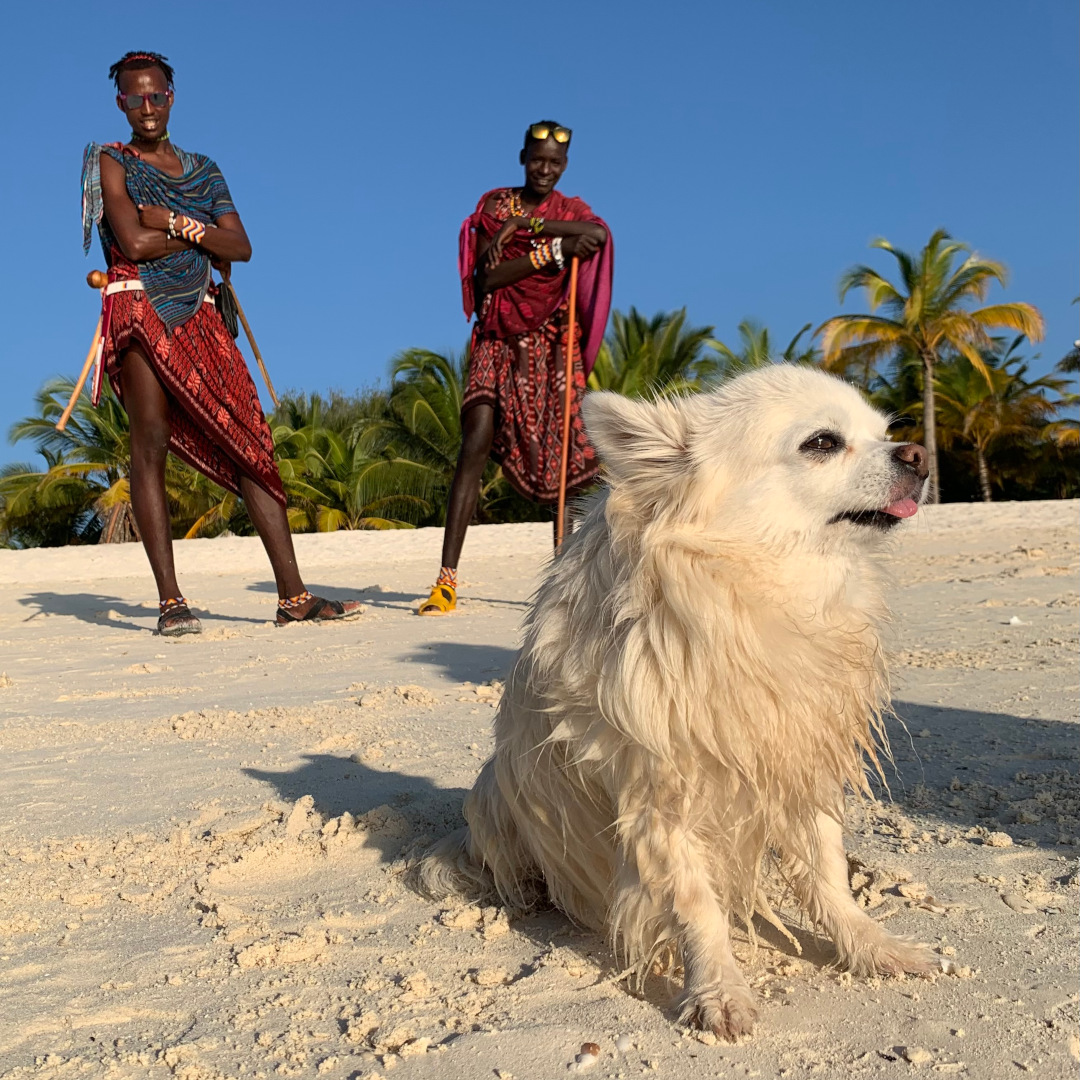
Photography is also a catalyst for taking a deeper dive into otherwise hidden gems. It enables you to look into a particular geographic location and its people. My goal is to tell remarkable stories of how other cultures make sense of their world through their customs and overarching views.
Do you have any tips for other overlanders who want to get ‘under the skin’ of a place?
For a more enriching experience, research your destinations thoroughly. This way you’ll be guided to places of greater personal interest, which allows insight and some understanding when engaging with locals. Make time to stay with or visit community projects. These offer glimpses of our common humanity in different cultures.
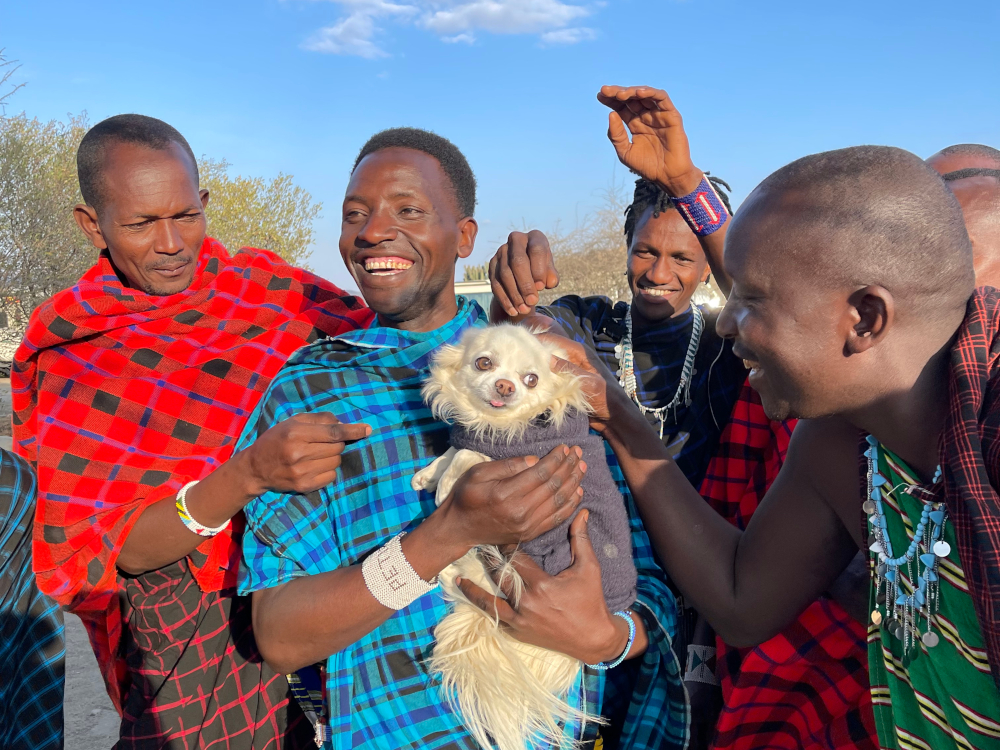
What do you know now about travelling in Africa that you wish you’d known when you started out?
The exorbitant entry fees into the national parks of Kenya and Tanzania shock you into almost not wanting to visit. At the very least they prevent you from visiting for extended periods. The drive down into Ngorongoro Crater for the morning and leaving by 4pm with your own vehicle costs nearly R10 000. Not that it isn’t worth it, but fees that large can bite into your budget very, very quickly…
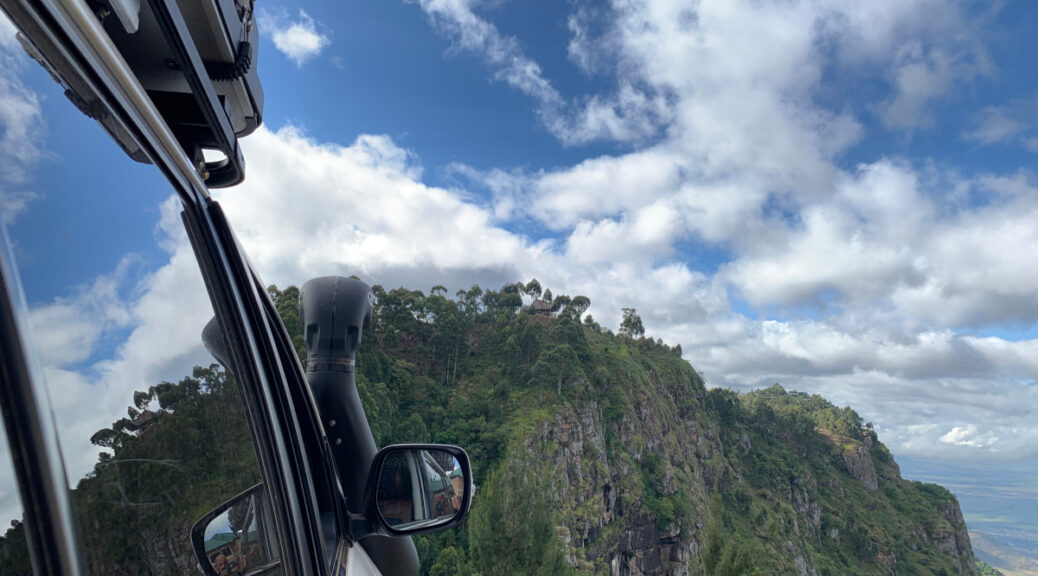
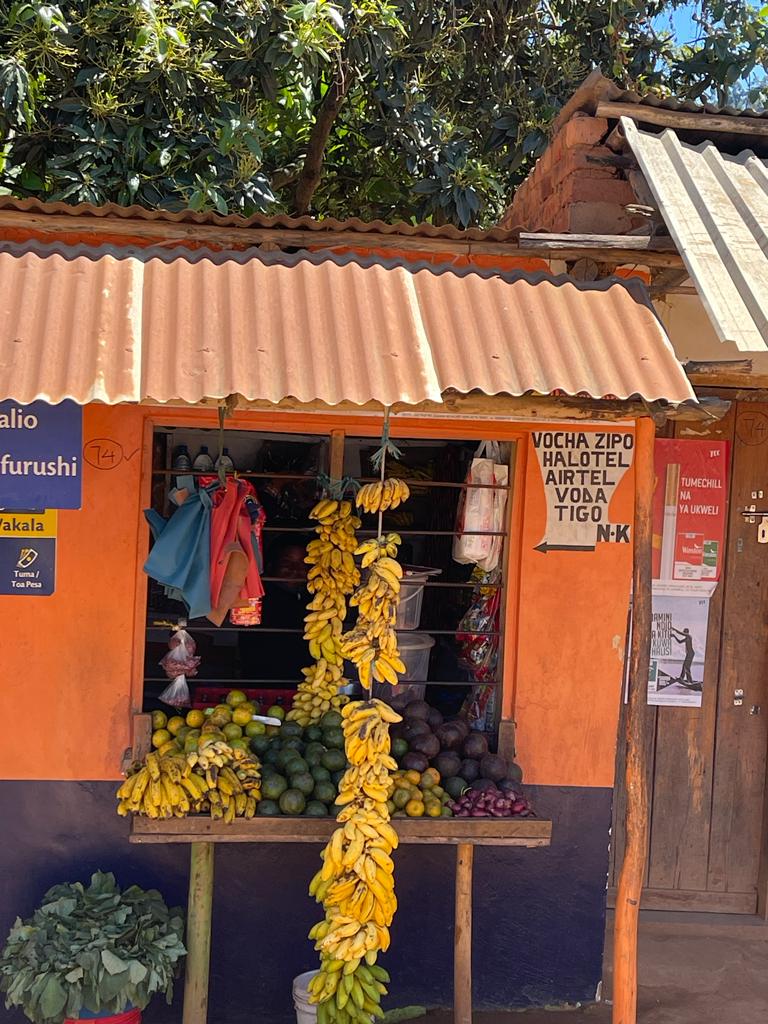
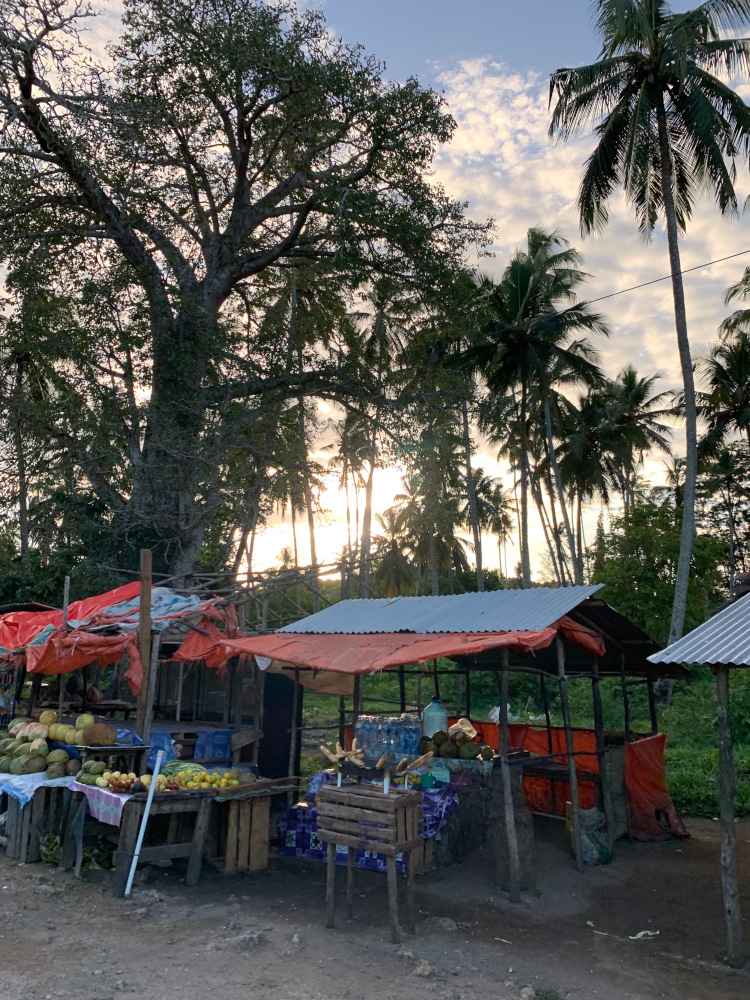

Please give more details of all the equipment needed for a trip like this?
Hugo, you will lots of information on the Tracks4Africa blogsite on this topic, ranging from vehicle preparation to a comprehensive camping checklist. Go to the homepage and look for further detail under the ‘Preparing for a trip’ dropdown menu.
I would like to find out more about requirements to travel with a dog across border in Southern Africa.
Your pet must be microchipped and have proof of the necessary vaccinations (primarily rabies), endorsed by the state vet. Depending on the countries you intend to visit, there may be further requirements. Learn more here: https://globalpaws.co.za/country-requirements/south-africa/